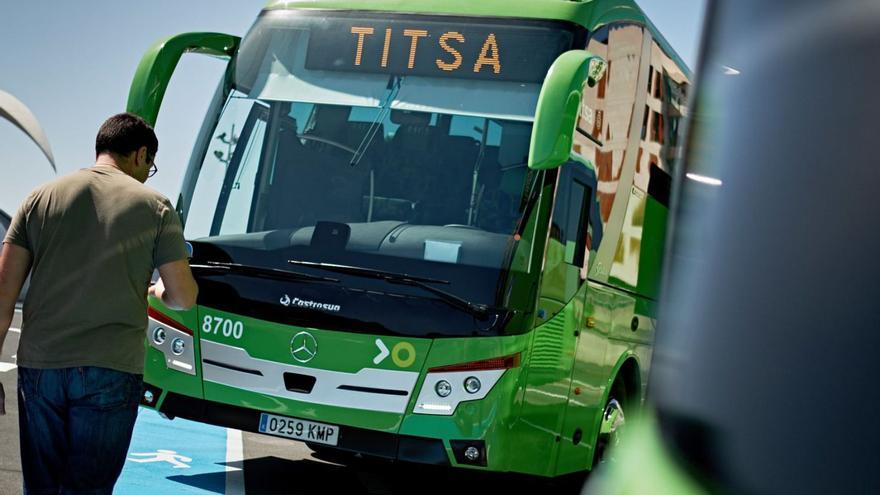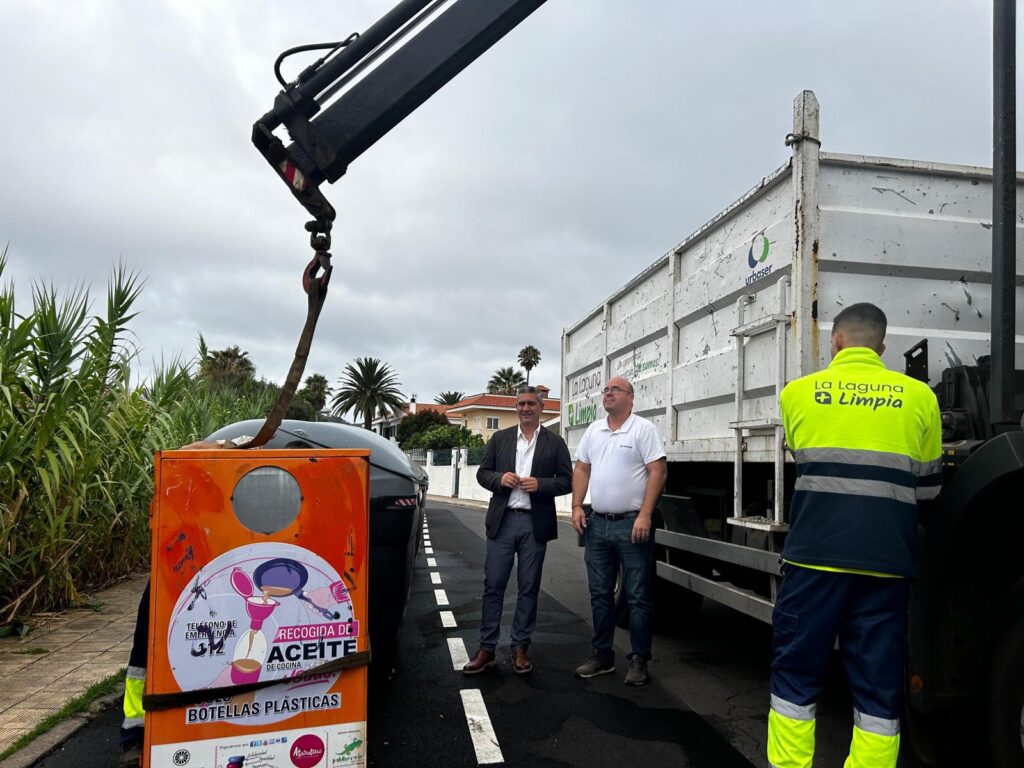
Enrique Arriaga has been the Councilor for Mobility and Roads of the Cabildo de Tenerife, as well as President of Titsa, for three years. Since his arrival in office, in 2019, within the government team that forms his party, Ciudadanos, with the PSOE, he has defended the need for “fast, effective and efficient” public transport for the Island. He insists on the decision to maintain the drop in rates for bus and tram bonds announced by the State Executive beyond the established period of four months, between September 1 and December 31. He reasons: “A 50% discount for life is preferable to a 100% discount for four months.” The Tenerife island institution guarantees 34% of that reduction after that date and indefinitely, although it requests that the State pay the difference up to 50%. Arriaga announces changes to long-distance routes between Santa Cruz and the South through two new direct lines with Tenerife South Airport and Costa Adeje, without having to go through Los Cristianos.
“During this legislature -Arriaga points out- we have opted for the creation of more direct and faster bus lines”. He understands that thus “public transport enters into direct competition with the private vehicle, both in terms of time and comfort.” The reorganization of the service in the Valle del Güímar region carried out in 2021 is a good example of this. The result was an increase in the number of passengers from the moment of its launch, which has not stopped until today.
Arriaga points out that “this year we continue with this policy, in such a way that in July we have reduced the travel time between La Punta del Hidalgo and Santa Cruz by 25%, and 20% between Puerto de la Cruz and the capital” .
He anticipates that after the summer “we will carry out a profound reform of the long-distance lines that connect the South with Santa Cruz and experience a growth of 30% in 2022 compared to 2019.” Thus, two new direct routes will be launched based on the Santa Cruz Interchange. One, with the Tenerife South Airport and another, to Costa Adeje without going through Los Cristianos, which reduces the trip by twenty minutes.
The counselor values: «Speed and comfort will be gained in the service, which will make it possible to attend to the potential growth of new clients, since more places will be offered in the buses and current occupations will be considerably reduced, since they now exceed 85% regularly. usual”.
The price of subscriptions.
Arriaga details the successive announcements by the Government of Spain during the summer regarding the reduction of the rate for users of public transport between September 1 and December 31. He recalls that the Cabildo agreed to increase the 34% – from the current 38 euros to 25 in the resident bonus – to the 30% initially determined by the Executive of Pedro Sánchez and maintain the measure beyond 2022, paying for it through its own funds. .
On August 2, the Government of Spain announced that the discount would reach 50%. In the case of Tenerife, it translates into a price of 19 euros for the voucher already outlined. Arriaga argues that “nothing was mentioned about the tram.” He adds: “It seems that our claim will be addressed in the sense of including it, but we still have no official publication that attests to it.” Despite this, on the 16th the Council of Government of the Cabildo approved the reduction of the rates. Arriaga summarizes his position: “A 50% discount on the cost of public transport for life is preferable to not 100% for four months.”
“I prefer a 50% discount for life than 100% for four months”
The counselor underlines that they work with the hypothesis that from September the users of buses and trams in Tenerife will increase between 10% and 15%. He anticipates that “it is very difficult for the short-term fixed supply of vehicles and drivers to be able to cope with this growth in demand.” That is why he requests “permanent support for public passenger transport by the State, in such a way that the social benefit ends up being much greater and, in addition, operators are allowed to adapt.” Enrique Arriaga states: “To encourage the use of public transport, more important than the amount of the reduction in fares will be its permanence over time.” He insists that “the descent cannot be the flower of a day, but arrive to stay”. Hence, “the State and Government of the Canary Islands are obliged to establish financing on a permanent and stable basis,” he values.
The management.
The number of users on intercity lines has increased in Tenerife by 4.7% in 2022 compared to 2019. There are more than 21 million passengers and travelers grow by 950,000 compared to 2019. For Arriaga, “the fact that in the rest of Spain is still between 10% and 15% below those figures demonstrates good management and the commitment to promote public transport and enhance the sustainability of the Island». But, he also reflects “the difficulties to be faced with a sudden demand”.
Clear bet.
Minister Arriaga declares himself “convinced” of the idea of promoting public transport to reduce mobility problems on the Island. But, he adds, “if the ultimate goal is for citizens to leave their private vehicles at home, the price is not the only tool and probably not the best, once the flat rates are low enough, as it will be the case». It is committed to “more direct and faster routes, punctuality in the service, comfort of the vehicles and a greater frequency on trunk lines”. Studies agree that travel time is the most determining factor when you want to transfer users from private to public transport.















